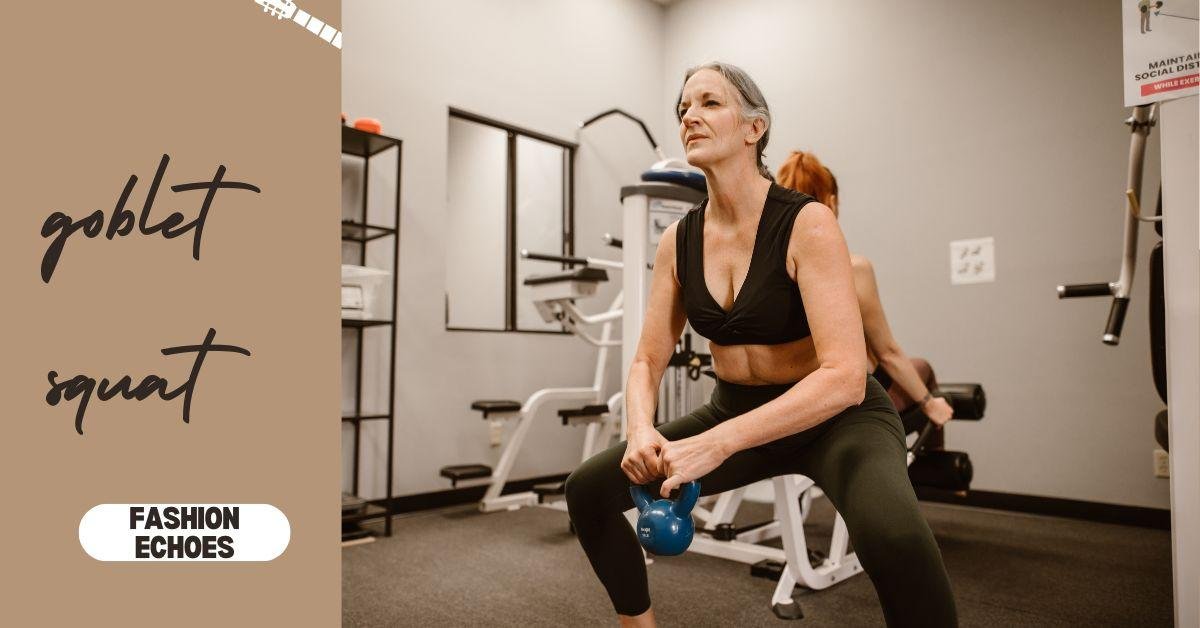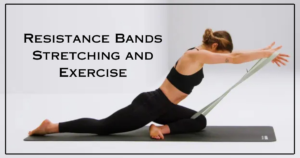What Is It?
Squats strengthen your quadriceps and glutes. Lifting weights while performing squats is an option to increase difficulty if you have learned the technique and wish to level up. Goblet squats are workouts for intermediate skill levels.
A dumbbell or kettlebell is held in front of your chest during a goblet squat. As you travel down and up, it appears as though you are holding a goblet, which is why it is called that. With a weight in your hands, the goblet squat engages more muscles. Additionally, it makes your quadriceps and glutes work harder.
Goblet squats are air squats completed with a medicine ball, dumbbell, kettlebell, or any other small, heavy object.
New York Health & Racquet Club personal trainer Shane Savoy noted, ” Goblet squats require you to hold the weight in front of your chest—usually such that your hands are positioned as if you are hanging onto a goblet.”
Goblet squats, however, are more about the burn than the fire. To put it another way, goblet squats burn your entire body.
” Goblet squats use the entire body. Because you are holding onto the weight, they strengthen your arms and grip strength in addition to your quadriceps, calves, glutes, and complete core, according to Savoy. “They are a fantastic option for anyone who wants to strengthen their glutes and tone their cores simultaneously.”
Therefore, if you want to elevate your butt and tighten your core while saving time at the gym, the goblet squat might be your new favorite exercise. Here are some variations of the goblet squat, its advantages, and how to do it correctly.
How to Do Goblet Squats Correctly
According to Savoy, when utilizing a kettlebell, you can hold it with the handle pointing up or down. Next, observe the instructions listed below to execute a goblet squat as recommended by the American Council on Exercise:
Stand with your feet hip-width apart and use both hands to hold a weight at your chest.
When you are ready to start, brace your core and then lower your butt back and down, keeping your chest raised, to enter a squat.
Do not move your weight forward into the balls of your feet when you squat; instead, sit back into your heels. To enhance glute activation, try to squat as deeply as you can.
Squeeze your glutes at the top after driving through your heels to stand again. One rep, that is.
Savoy suggested performing three working sets of eight to twelve repetitions at a moderate weight after warming up with two sets of ten to twelve repetitions at a very low weight. It should be difficult yet doable to maintain a modest weight.
For instance, use a 12- or 16-pound kettlebell to warm up before using a 35-pound kettlebell throughout the workout.
Various Goblet Squat Techniques
Wish to increase the stakes? You can either slow down your descent or increase the weight. Alternately, try a pace of one second going up and four seconds going down. Before each subsequent rep, pause for one to two seconds at the peak.
Savoy explained that slowing down the eccentric, or downward, part of the squat lengthens the duration under stress, which raises muscle activation and calorie expenditure.
Reduce the weight or locate something to hang onto, such as a door frame, handle, TRX band, or column, if you need to make the exercise a little easier.
When you kneel, holding onto anything will help balance your weight and prevent you from toppling over. Holding onto anything can help you get adjusted to the squat motion,” Savoy explained.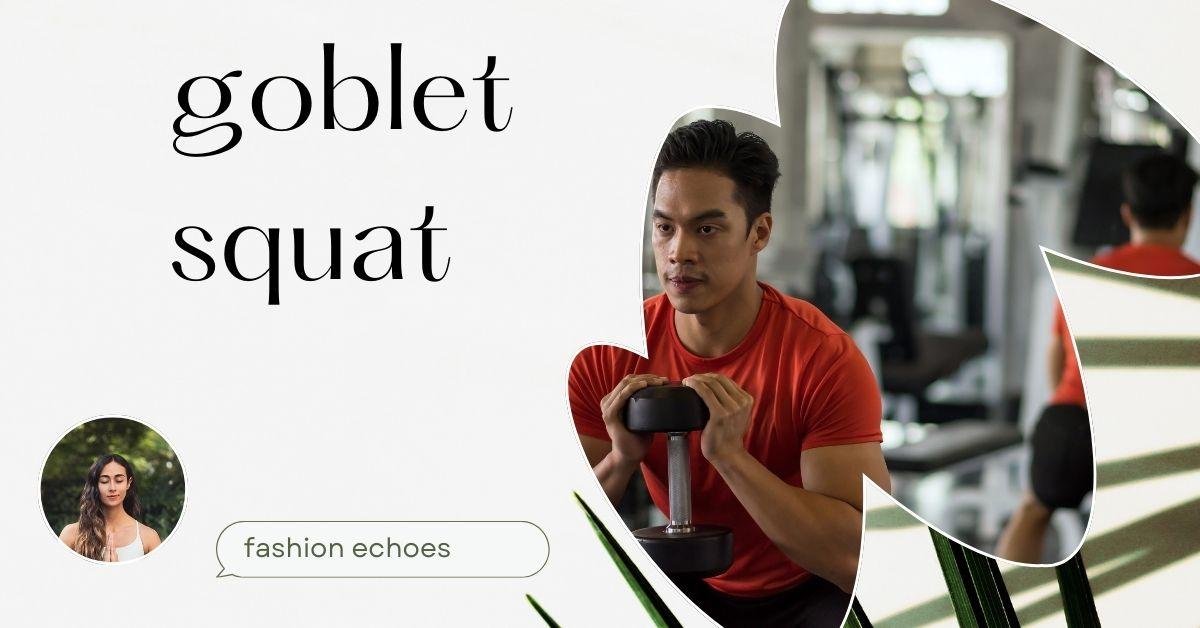
The advantages of goblet squats
Gaining proficiency in the goblet squat will lead to several benefits.
Raise Your Butt
Goblet squats tone and firm your butt by using your glutes.
According to Savoy, “most people can sink further into the squat because of the weight placement, which causes more glute activation than a regular Goblet squat.”
Develop Core Strength
“The burden is transferred forward in a front squat, so the individual performing it needs to have a strong and solid back and core to support the spine,” Savoy explained.
“The core needs to work twice as hard,” Savoy noted. A stronger core translates into safer everyday actions, larger lifts, a more powerful trunk for your entire body, and a narrower, firmer stomach, according to the American Council on Exercise.
Boost Your Quadriceps Strength
Several muscle groups in your legs are used to support the weight during a goblet squat. According to a 2021 study in the Journal of Strength and Conditioning Research, goblet squats increase vertical loading and target quadriceps activity.
Additionally, goblet squats, when paired with other kettlebell exercises, helped athletes improve their overall strength and power over six weeks, according to a 2012 study published in the Journal of Strength and Conditioning Research.
Boost Your Movement
“When done properly, the goblet squat will assist in improving your hip and ankle mobility—two joints that tend to develop stiff and tight from too much sitting,” Savoy explained, adding that it allows you to sit lower into the squat.
Savoy continued, “If your ankles are extremely immobile, think about using weight plates to raise your heels by one-half to two inches so that you can squat [more] comfortably.” “Then, gradually lower the weight plates’ height until you can perform them on level ground.”
Reduce the Number of Injuries
Yes, the workout sounds unearthly. However, because it is generally accessible and equivalent to lifting a large object, such as a child or a box, the goblet squat is a natural position for most individuals.
According to Savoy, the goblet squat is an exercise that helps you hone your form in this commonplace position, which helps prevent injuries in daily tasks.
How to Do a Goblet Squat
To maintain and enhance their health, adults should strive for 150 minutes of aerobic exercise each week and two times a week of muscle-strengthening activities. All ages should engage in muscle-strengthening activities, but older adults should pay particular attention because they are more likely to lose muscle mass and become feeble.
Squats are a great way to develop your muscles. Because goblet squats add weight and raise the difficulty level, they have more advantages than simple squats.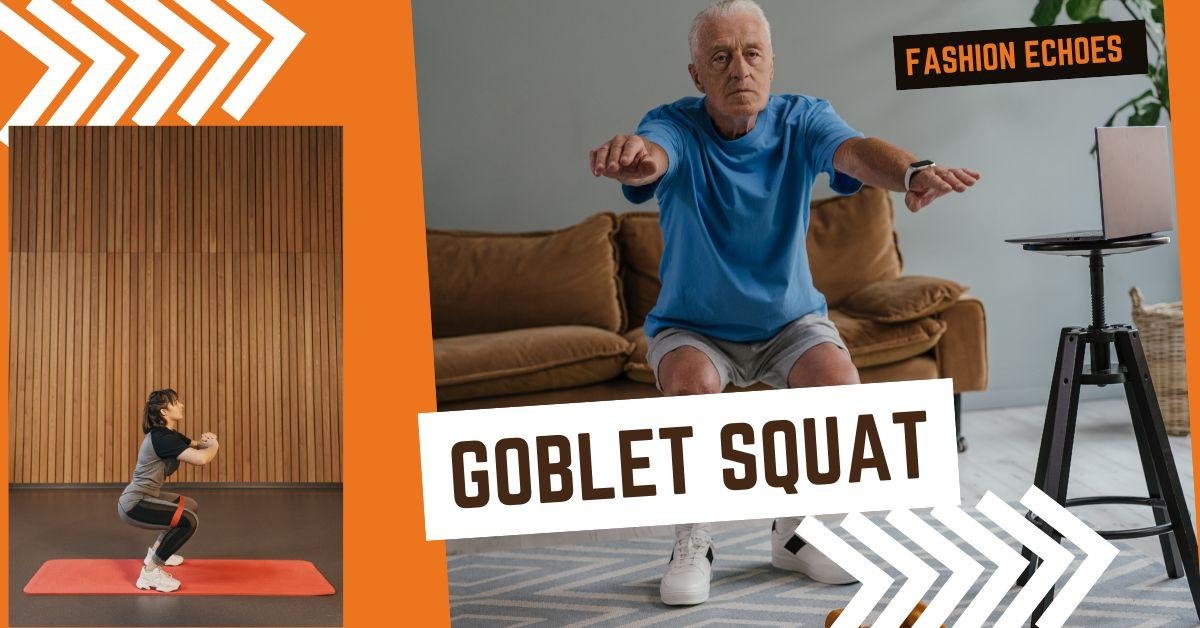
Worked Goblet Squat Muscles
Bodyweight workouts that target your quadriceps, calf muscles, and gluteal muscles are called squats. Holding a weight is necessary for goblet squats, which also work your pectorals, triceps, and biceps. Additionally, it fortifies your core and spine.
Gluteal muscles. The gluteus maximus, gluteus medius, and gluteus minimus are these three muscles. They contribute significantly to your ability to remain upright and comprise the majority of the buttock area. These muscles arise from the pelvic bones and attach to the femur (thigh bone).
Squat Goblet Adaptations
A mini-squat is a good place to start if your legs are weak. Do not go all the way down; just drop a few inches. You can begin by grasping the back of a chair rather than the kettlebell if this is too challenging. You can progressively advance to a full goblet squat as your strength increases.
The goblet squat can also be done with a medicine ball in your hand. You might find it comfortable to put your hands underneath a huge medicine ball.
A fundamental human movement that increases strength, power, and mobility is squatting. It is among the most basic patterns of movement. One type of squat exercise is the goblet squat. Simply put, goblet squats involve squatting with a dumbbell or other weight in front of your chest. A dumbbell or kettlebell (dumbbell goblet squat or kettlebell goblet squat) is one example of this, although it is not the only one.
You may select one goblet squat version over another based on your training. Let us explore the goblet squat and its several advantages in more detail.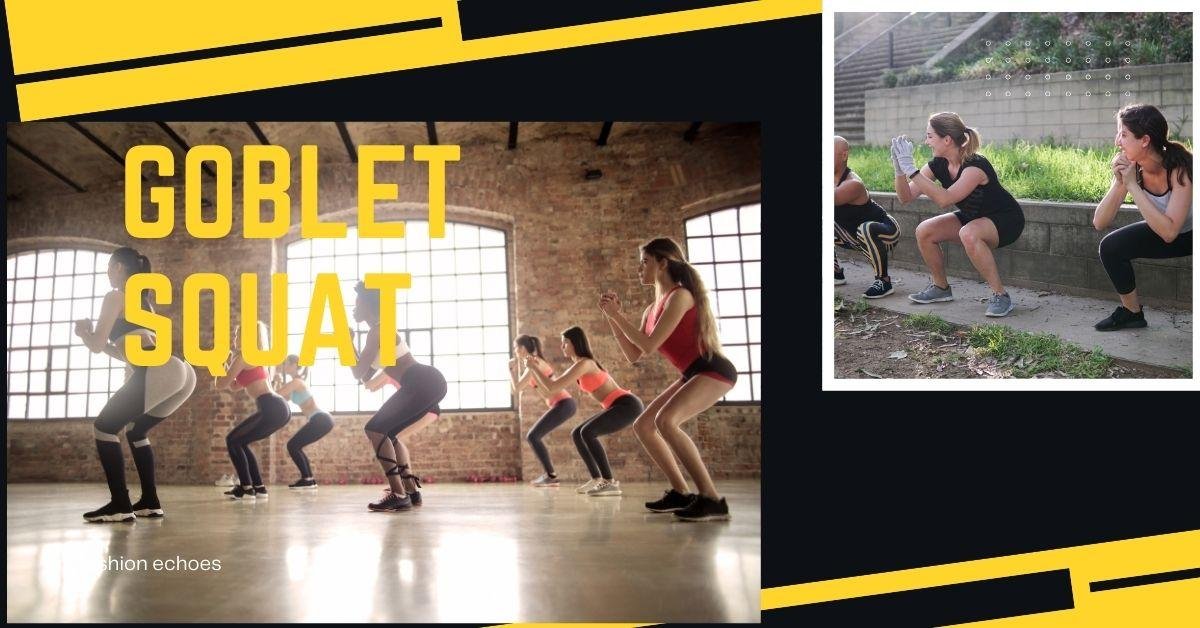
How to Do It
The squat pattern and starting position are identical to those of a conventional squat. Start by placing your feet slightly wider than hip-width apart, with the toes pointed outward. Throughout the exercise, maintain the weight close to your body by holding a dumbbell or kettlebell at chest height in both hands. Look straight ahead and maintain a braced core. Bend at the knees and push your hips back to descend into a squat. Inhale as you descend, and exhale as you raise yourself back up.
Maintaining an upright chest during the goblet squat is one of the most important things to keep in mind. Avoid bending forward or dipping your body.
Your hips and knees should be parallel. Squat as low as you can while maintaining your elbows on the inside of your legs, to put it another way. This keeps your knees from falling inward and your feet from pronating.
Maintain a uniform weight distribution throughout your body when performing the goblet squat. How do you make sure this happens? First, ensure that the heel of your foot bears the majority of the weight. To get back up and extend your hips forward, push through your heels. At the apex, stretch your hips and compress your glutes. At no time throughout the squat should you come up on your toes.
